In the vast culinary landscape of China’s diverse snacks, pork floss buns, also known as Rou Song Xiao Bei, occupy a unique niche. These delightful treats, characterized by their soft, slightly sweet dough enveloping a generous filling of savory pork floss, have garnered a fervent fan base both within China and among international food enthusiasts. However, one question often arises among those who cherish these buns: should they be refrigerated to preserve their freshness and flavor? This inquiry touches upon broader issues concerning food preservation, texture retention, and the delicate balance between maintaining authenticity and practicality in food storage.
The Essence of Pork Floss Buns
To understand the refrigeration dilemma, it’s crucial first to appreciate the essence of pork floss buns. These buns are a product of China’s rich baking tradition, where sweet and savory elements are skillfully blended to create harmonious flavors. Pork floss, a finely shredded and seasoned pork product, serves as the star filling. Its texture is light and airy, with a slightly chewy bite that complements the soft, pillowy dough perfectly. The buns are often coated with a thin layer of sweet sauce or sprinkled with sesame seeds, adding an extra layer of complexity to their taste profile.

The Refrigeration Controversy
The debate about whether to refrigerate pork floss buns stems from concerns about food safety, shelf life, and texture retention. On one hand, refrigeration is widely regarded as a reliable method to prolong the shelf life of perishable foods, including baked goods containing meat products. By lowering the temperature, bacteria growth is slowed down, thereby reducing the risk of food poisoning. This is particularly crucial in warm climates or during hot seasons where food spoilage can occur rapidly.
On the other hand, there are those who argue that refrigerating pork floss buns can adversely affect their texture and flavor. The cold environment can cause the dough to become hard and stale, losing its soft, fluffy quality. Moreover, the moisture in the buns can condense, leading to a soggy texture upon thawing. The delicate balance of flavors, especially the savory-sweet contrast provided by the pork floss and the dough, might also be altered, making the buns less enjoyable to eat.
The Science Behind Food Preservation
To delve deeper into this controversy, it’s helpful to examine the scientific principles underlying food preservation. Refrigeration works by reducing the temperature of food to a point where the growth and multiplication of microorganisms are significantly slowed down. This is known as the “temperature danger zone,” typically between 40°F (4°C) and 140°F (60°C), where bacteria can rapidly multiply. By keeping food below 40°F (4°C), the risk of foodborne illness is minimized.
However, not all foods respond well to refrigeration. Baked goods, in particular, can suffer from texture degradation due to the formation of ice crystals within the dough. These crystals can disrupt the gluten structure, leading to a harder, less elastic texture upon thawing. Additionally, the moisture content of baked goods can change, causing them to become either too dry or too moist.

Practical Considerations for Storage
Given these considerations, what is the best approach to storing pork floss buns? The answer, as with many things in life, lies in a balance between safety and quality.
For short-term storage (up to a day or two), pork floss buns can be kept at room temperature in an airtight container. This will help maintain their texture and flavor while still providing a degree of protection against air exposure, which can cause staleness. It’s important to note that room temperature storage should only be done in cool, dry environments to avoid rapid spoilage.
For longer-term storage, refrigeration becomes necessary, but with precautions. To minimize texture degradation, wrap the buns individually in plastic wrap or place them in airtight containers. This will help prevent moisture loss and the formation of ice crystals. When ready to consume, allow the buns to thaw at room temperature or gently warm them in the microwave to restore some of their original texture. However, be aware that even with these measures, the texture and flavor may still not be identical to freshly baked buns.
Alternative Storage Methods
For those seeking to preserve the integrity of their pork floss buns for extended periods without compromising texture, freezing might be a viable option. Freezing works by lowering the temperature even further than refrigeration, effectively halting bacterial growth and enzyme activity. This can extend the shelf life of baked goods for several months.
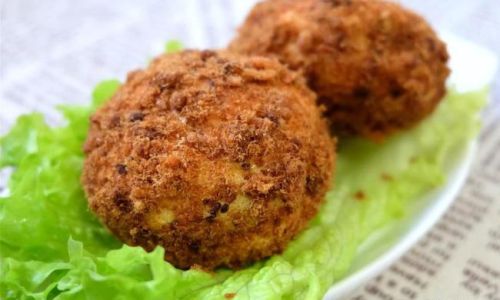
To freeze pork floss buns, wrap them individually in plastic wrap and then place them in a freezer-safe container or bag. Label the container with the date to keep track of how long they’ve been stored. When ready to eat, thaw the buns in the refrigerator overnight or at room temperature for a few hours. As with refrigerated buns, gently warming them can help restore their texture.
Conclusion: A Matter of Preference and Circumstance
Ultimately, whether to refrigerate pork floss buns is a matter of personal preference and circumstance. For those who prioritize freshness and are willing to accept minor texture changes, refrigeration can be a practical solution. For those who cherish the authentic texture and flavor of freshly baked buns, short-term room temperature storage or freezing may be more suitable.
In either case, understanding the principles of food preservation and the nuances of baked goods storage can help ensure that pork floss buns remain a delightful treat, whether enjoyed immediately after baking or after a brief sojourn in the refrigerator or freezer. As with all culinary endeavors, the key is to find the balance that best suits one’s taste and lifestyle.

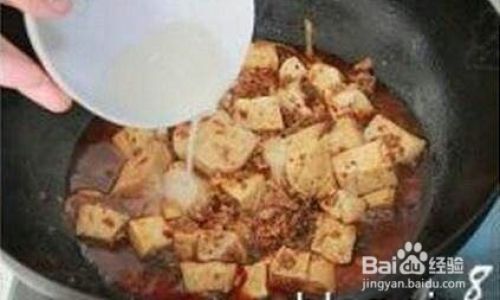
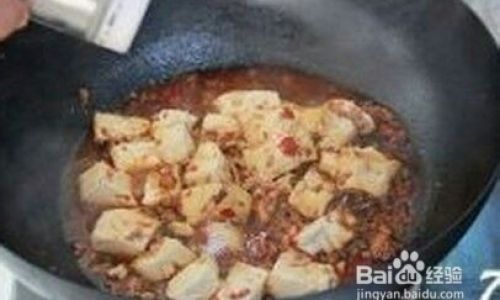
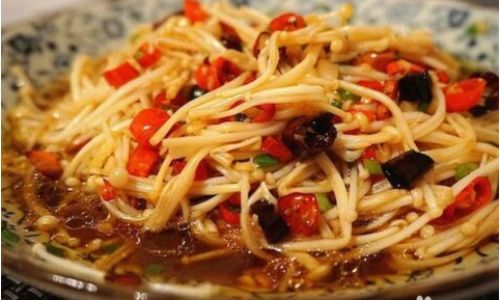
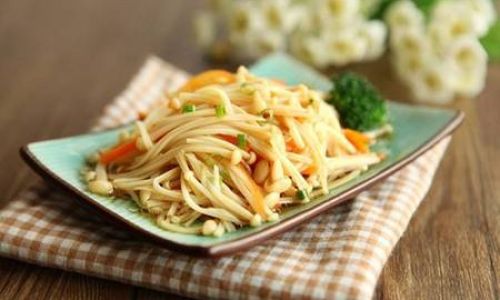
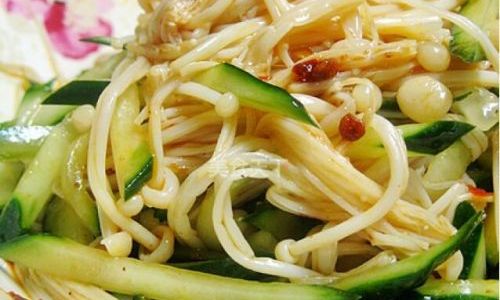
0 comments